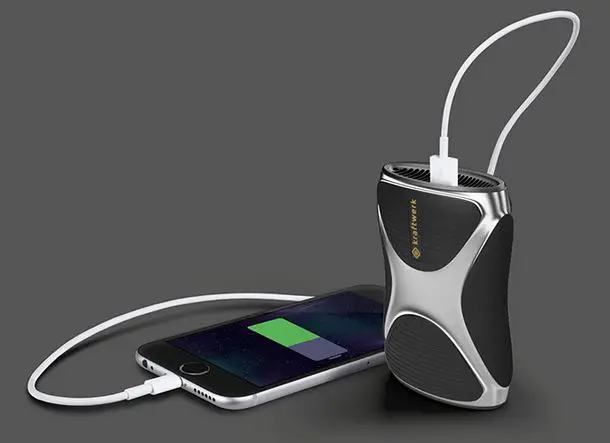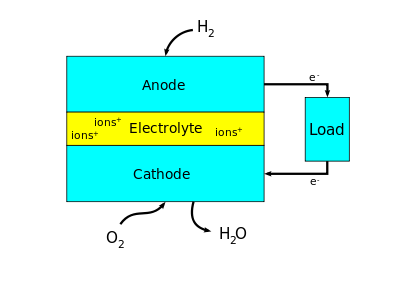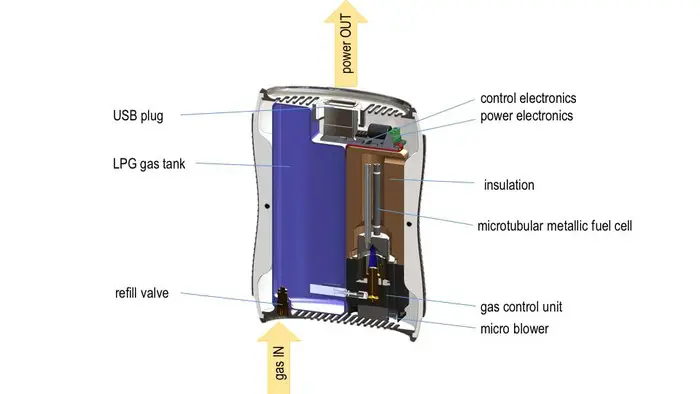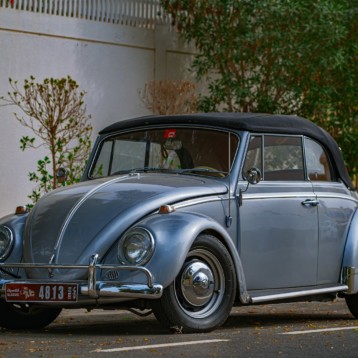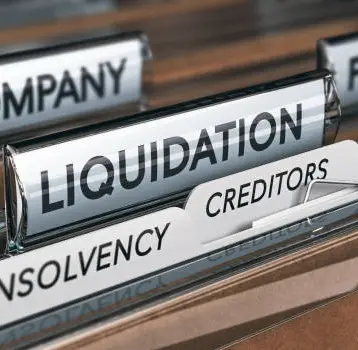German based startup Ezelleron GmbH, recently launched a product-Kraftwerk-on Kickstarter that could change the way we charge our mobile electronic devices. Using innovative fuel cell technology that converts gas into electrical power, Kraftwerk is leading the way in practical gridless device charging.
Why Should You Care About Emerging Fuel Cell Technology?
Simply stated–because it will increase convenience and enable connectivity anytime, anywhere. In the middle of recording your epic mountain bike ride and your GoPro dies? No problem. Just plug into your Kraftwerk power generator and you are back in business! On the train and your phone is about to power off just before that important conference call? No sweat. Pull out your charging device and connect your phone to power back up. Such devices will also ease the pains of travel by allowing you to stay charged without depending on converters or power outlets.
While this may sound gimmicky, fuel cell technology is no joke. Fuel cell technology and products such as Kraftwerk “open up a whole new dimension in freedom and independence when it comes to supplying your mobile electronic devices with energy.” It gives you the power to generate a large amount of energy in a small and practical device.
Benefits of Fuel Cell Technology
Shorter charging times
Works independently of the power grid
Mobile
Eco-friendly and efficient
The Science Behind the Fuel Cell Power Generator
Fuel cells are mainly comprised of three segments: an anode, a cathode and an electrolyte. The anode serves as the electrical conductor through which positive electrical charge flows into the device, while the cathode is the electrical conductor where conventional current leaves the device.
On a more granular level, this process involves an electron exchange that takes place during the interaction between electrically neutral atoms. A process of oxidation and reduction occurs and electrons are drawn from the anode to the cathode through an external circuit, producing direct current electricity. The electrolyte serves as the mediator between the oxidation and reduction processes. This ensures that electrons are emitted to the external circuit while only ions are passed through the electrolyte.
According to FuelCell Energy Inc., “Because there is no actual combusting of fuel, virtually no harmful emissions are generated by the fuel cells. This results in power production that is almost entirely absent of nitrogen oxide (NOx), sulfur dioxide (SOx) or particulate matter (PM).”
How Does A Device Like Kraftwerk Work?
In the most simplistic sense, Kraftwerk is a mini fuel cell power generator. Based on a unique microtubular metallic fuel cell technology, this mini power device directly converts gas into electricity.
Whenever power is needed you would just fill your charger with conventional lighter gas, camping gas or butane and the electrochemical process described above will take place. As long as the device is filled with gas, your device will generate electricity. All you need to do is use plug in a standard USB and connect to your electronic devices such as mobile phones, gps units and GoPros.
Manufacturing Of Kraftwerk’s Fuel Cells
The microtubular metallic fuel cells are made with powder injection moulding and a coating of functional nanolayers. Ezelleron claims to be able to manufacture up to 20,000 microtubes per day which equals to 4,000 kraftwerk devices.
Kraftwerk Product Specifications
According to Ezelleron, the Kraftwerk device contains the following product specs:
Power output: 2 W of continuous output
Peak power output: 10 W
Weight: Between 160g-200g
Measurements: 3.94×2.95×1.18 in
Output voltage: 5 V
Connector Type: USB
We have come a long way since our report on the world’s smallest fuel cell back in 2009. We are excited to see further developments from companies similar to Ezelleron, in the near future, that will lead us to wider adoptions of this eco-friendly power source.

